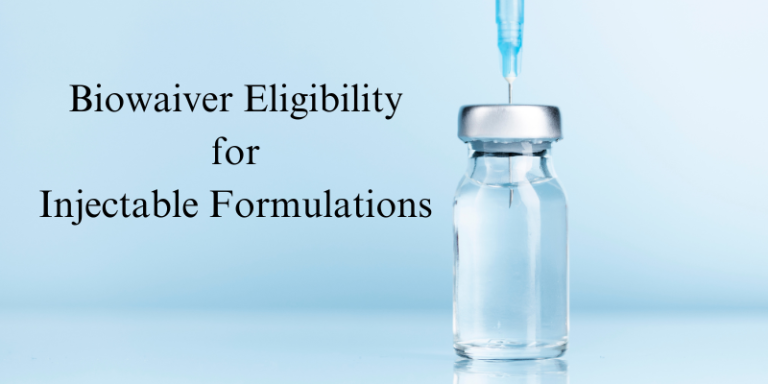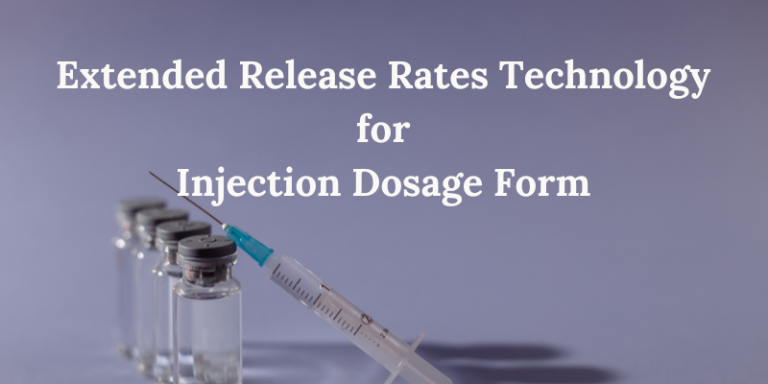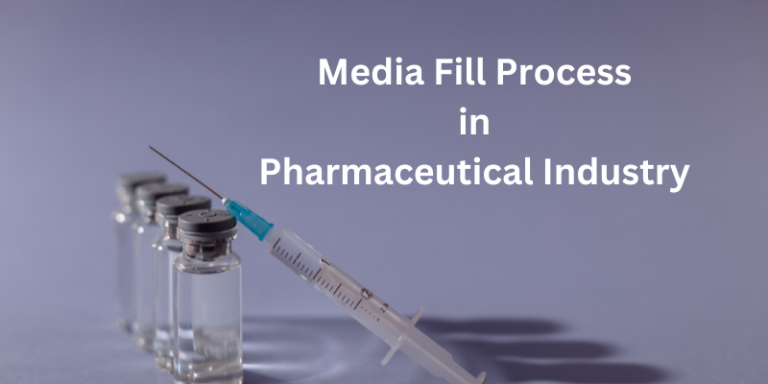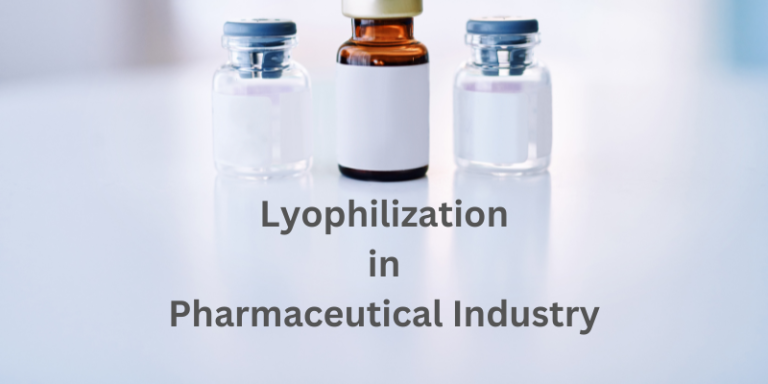Biowaiver Eligibility for Injectable Formulations
For injectable formulations, biowaiver eligibility depends on several factors, including the type of injectable (solution, suspension, emulsion), formulation differences, and regulatory guidelines from agencies like the USFDA, EMA, and WHO. Here are the general biowaiver requirements for injectable projects: Biowaiver for Parenteral (Injectable) Solutions For biowaivers to be granted for injectables, the formulation must meet…




